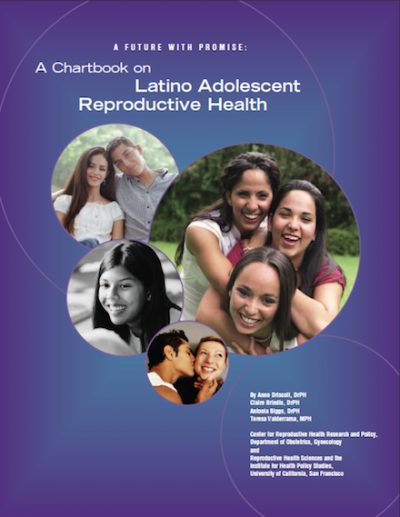Steps in the Right Direction
From 1990 to 2001, the birth rate fell just 14% among Latina teens, while dropping 29% among white teens and 36% among black teens.

This publication draws on a wide range of research to present education, immigration and health facts related to the sexual wellness of Latino youth. The goal is simple: Give readers a richer and more nuanced look into these teens’ lives while informing policy and practice to better support their reproductive health needs.
When it comes to the reproductive health of Latinos, national origin and generational status matter. For instance: Mexican-origin teens have higher birth rates than their Cuban-origin counterparts. And while only 42% of students who immigrated from Mexico report using contraception the first time they had sex, this rate jumps to 52% for second-generation students and even higher — to 56% — for their third-generation peers.
We hope you'll find value in this report. We’d love to get a little information from you, which we'll use to notify you about relevant new resources.